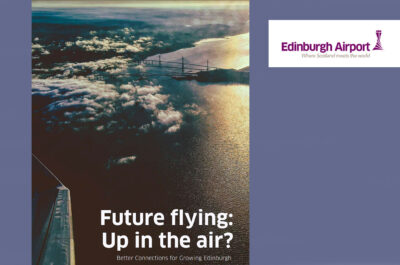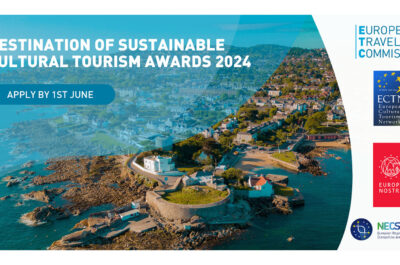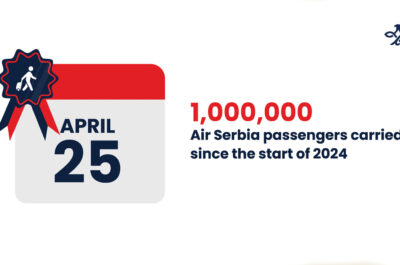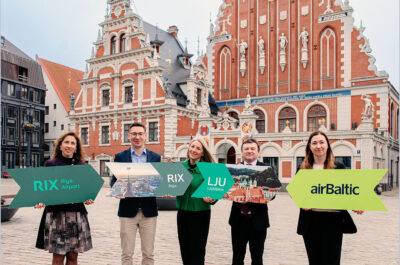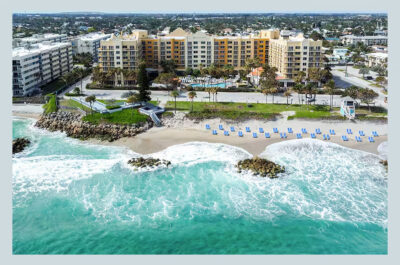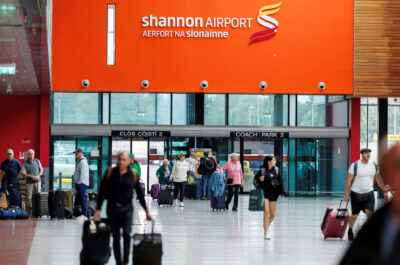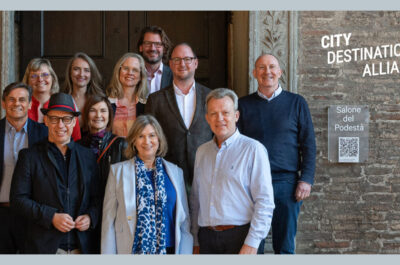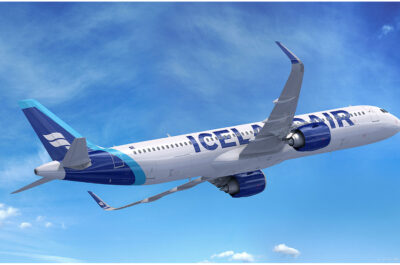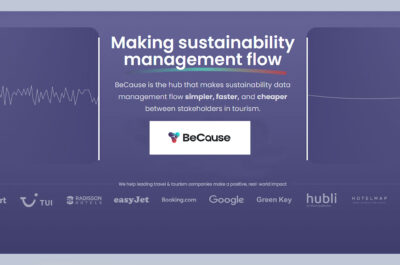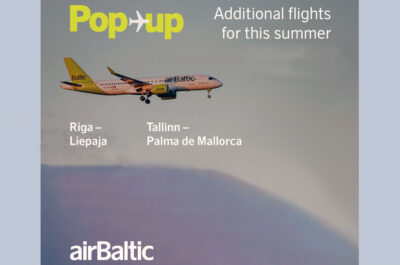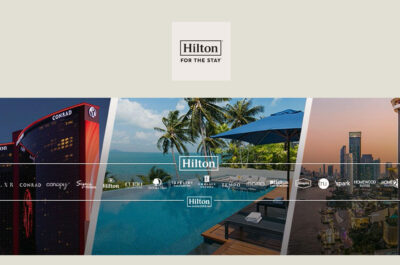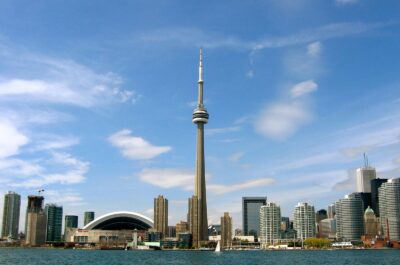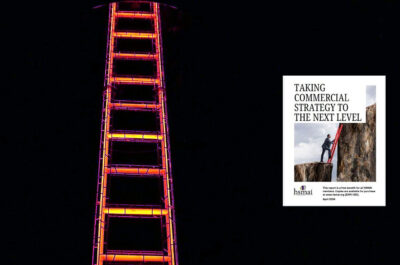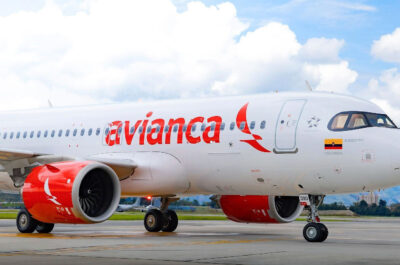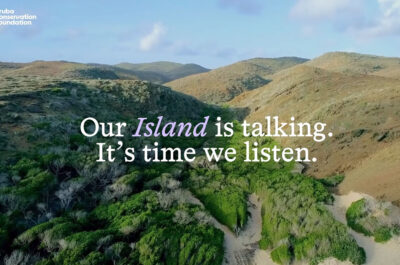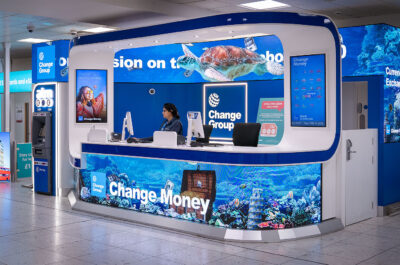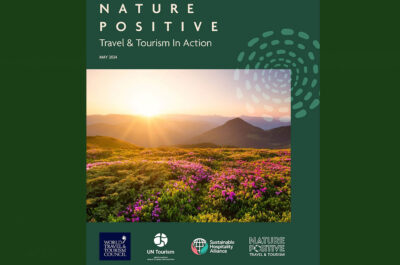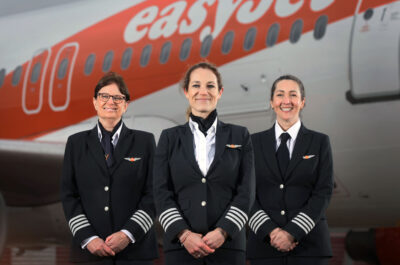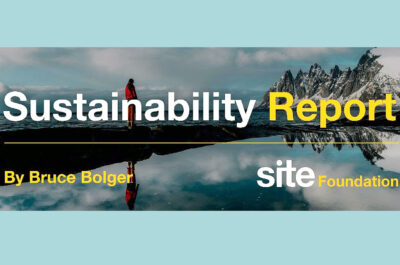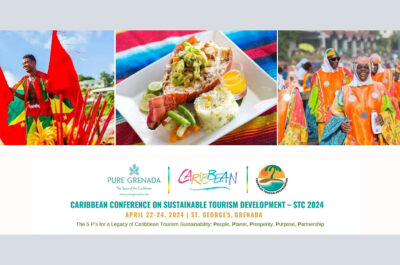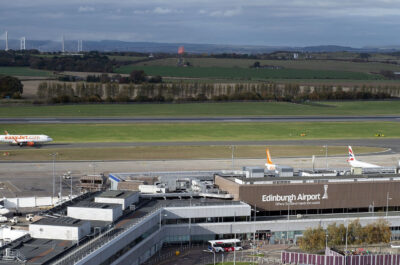Total international long-haul arrivals from January to September were up 5.1% on the previous year and issued bookings -ie bookings for future travel, referred to as On The Book (OTB), are up 4.8% for the rest of the year.
Long-haul travel to Europe has enjoyed an encouraging summer and the upward trend in arrivals is expected to continue, according to the latest analysis from ForwardKeys, which monitors future travel patterns by analysing 14 million reservation transactions each day.
Total international long-haul arrivals from January to September were up 5.1% on the previous year and issued bookings -ie bookings for future travel, referred to as On The Book (OTB), are up 4.8% for the rest of the year.
 The ForwardKeys data was announced at the Destination Europe Summit 2015, hosted by the European Travel Commission and the European Tourism Association (ETOA) with support by the European Commission, at the Barbican Centre in London on October 29.
The ForwardKeys data was announced at the Destination Europe Summit 2015, hosted by the European Travel Commission and the European Tourism Association (ETOA) with support by the European Commission, at the Barbican Centre in London on October 29.
Sebastien Cron, Global Sales Director, ForwardKeys, said: “While it’s widely recognised that Europe is losing its competitiveness, it’s good to see from our data that long-haul travel to Europe has been growing well recently, pushed up by a strong summer season, particularly in July.”
What appears to be a strong performance this year needs to be set in the context of long-term relative decline. Tom Jenkins, ETOA CEO, urged industry experts not to be lulled into a false state of security over figures showing growth. “Travel and tourism in other parts of the world is increasing faster than in Europe. Although the statistics show we are continuing to grow at an average annual growth rate of 3.6% since 2007, the rest of world is growing at a rate of 5.7% over the same period.
 Within Europe, the picture is mixed. Germany and the Netherlands have been the stand-out performers since 2007, displaying total tourism growth of 37% and 33% respectively for the period, a 4.6% and 4.2% annual average, whereas the UK and France have grown just 13% and 10% for the period an average of just 1.7% and 1.4% per annum.
Within Europe, the picture is mixed. Germany and the Netherlands have been the stand-out performers since 2007, displaying total tourism growth of 37% and 33% respectively for the period, a 4.6% and 4.2% annual average, whereas the UK and France have grown just 13% and 10% for the period an average of just 1.7% and 1.4% per annum.
Tom Jenkins continued: “The European tourism industry is facing global competition. We need to be aware of what is going on in the major origin markets. The USA may finally be looking positive; Russia – Europe’s biggest volume market – is negative. China shows signs it may not be as promising as everyone seems to think.”
Arrivals on the book from the USA currently look set to rise for the rest of the year. Clients from the west coast are significantly up: San Francisco leading the way, followed by Los Angeles, Boston and Chicago.

More than half the bookings for future arrivals from the USA will stay longer, 4-8 nights – another encouraging sign.

Tourism from Russia has nosedived. Visitor numbers are down 15.9% from January to September, with forward bookings down 24.1% for the rest of the year.

China, having grown well during the first ten months of 2015, appears to be falling back in November and December with bookings for outbound travel from the most important origin city, Beijing, 6.4% behind where they were at the same point last year. However, the lower numbers may indicate that the Chinese are becoming later bookers.

Top European destinations for arrivals, between January and September, were London, Paris, Istanbul and Rome, though growth in London and Paris was anaemic, with London 0.3% down and Paris just 1.6% up. For the rest of year, Barcelona and Milan, top the list for the fastest growing destinations, up 20.3% and 25.6% respectively, owing to the Milan Expo and improved connectivity to Barcelona, particularly via Dubai.

Eduardo Santander, Executive Director, ETC, led the call to action on increasing Europe’s competitiveness, urging obstacles to be eliminated, including visas, excessive taxation of tourism and onerous regulation. He also called for a focus on the most important source markets, joint promotional strategies, increased promotional budgets and closer co-operation between the public and private sectors at continental, national, regional and local levels.
And he issued this warning: “The European tourism industry is facing increasing global competition from emerging destinations that are attracting increasing numbers of tourists. Destinations in Asia and the Pacific will benefit from the expansion of intra-regional travel and by 2030, North-East Asia will replace Southern and Mediterranean Europe as the most visited sub-region.”
Theodore is the Co-Founder and Managing Editor of TravelDailyNews Media Network; his responsibilities include business development and planning for TravelDailyNews long-term opportunities.














